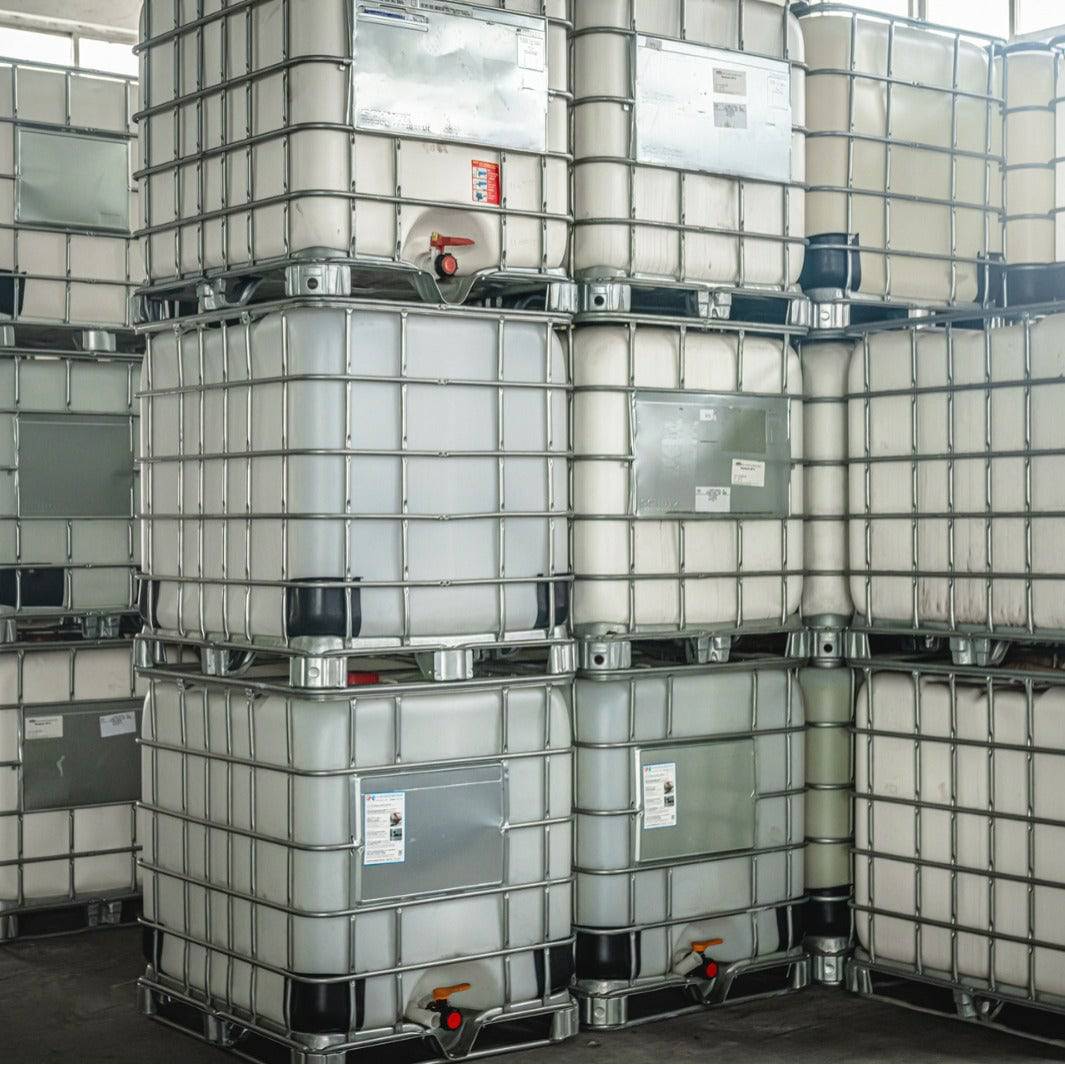What Does Chemie Do?
What Does Chemie Do?
Blog Article
Some Known Questions About Chemie.
Table of Contents8 Easy Facts About Chemie ShownThe Single Strategy To Use For ChemieAn Unbiased View of ChemieThings about ChemieA Biased View of ChemieA Biased View of Chemie
By Bojanna Shantheyanda, Sreya Dutta, Kevin Coscia and David SchiemerDynalene, Inc. Fluid cooling, which can be attained utilizing indirect or direct ways, is utilized in electronics applications having thermal power thickness that might exceed safe dissipation with air cooling. Indirect liquid air conditioning is where warmth dissipating digital elements are literally divided from the fluid coolant, whereas in instance of straight cooling, the components remain in direct contact with the coolant.In indirect air conditioning applications the electrical conductivity can be vital if there are leaks and/or splilling of the fluids onto the electronics. In the indirect air conditioning applications where water based fluids with deterioration preventions are usually utilized, the electrical conductivity of the liquid coolant mainly relies on the ion focus in the liquid stream.
The increase in the ion focus in a shut loophole liquid stream may occur due to ion seeping from metals and nonmetal elements that the coolant fluid touches with. During procedure, the electrical conductivity of the liquid might enhance to a level which might be unsafe for the air conditioning system.
The Buzz on Chemie
(https://www.magcloud.com/user/chemie999)They are bead like polymers that are qualified of exchanging ions with ions in an option that it touches with. In today job, ion leaching examinations were carried out with various metals and polymers in both ultrapure deionized (DI) water, i.e. water which is treated to the highest possible degrees of purity, and reduced electric conductive ethylene glycol/water mix, with the measured change in conductivity reported in time.
The examples were allowed to equilibrate at space temperature level for two days prior to recording the initial electric conductivity. In all examinations reported in this research study fluid electrical conductivity was determined to a precision of 1% using an Oakton CON 510/CON 6 series meter which was adjusted before each measurement.
Excitement About Chemie
from the wall surface home heating coils to the facility of the furnace. The PTFE example containers were positioned in the heating system when constant state temperature levels were gotten to. The test setup was gotten rid of from the heater every 168 hours (7 days), cooled down to space temperature level with the electric conductivity of the fluid measured.
The electric conductivity of the fluid sample was checked for an overall of 5000 hours (208 days). Schematic of the indirect closed loophole cooling down experiment set-up. Elements made use of in the indirect closed loophole cooling experiment that are in call with the liquid coolant.

7 Simple Techniques For Chemie
Throughout operation the fluid reservoir temperature was preserved at 34C. The adjustment in liquid electric conductivity was checked for 136 hours. The fluid from the system was collected and stored. Similarly, shut loophole test with ion exchange resin was executed with the exact same cleansing treatments employed. The preliminary electrical conductivity of the 230ml UP-H2O in the system measured 1.84 S/cm.

0.1 g of Dowex resin was contributed to 100g of fluid examples that was taken in a separate container. The combination was stirred and change in the electrical conductivity at space temperature level was determined every hour. The gauged modification in the electrical conductivity of the UP-H2O and EG-LC examination liquids including polymer or steel when engaged for 5,000 hours at 80C is shown Figure 3.
3 Easy Facts About Chemie Described
Ion seeping experiment: Calculated modification in electrical conductivity of water and EG-LC coolants containing either polymer or metal samples when submersed for 5,000 hours at 80C. The outcomes indicate that metals contributed less ions into the fluids than plastics in both UP-H2O and EG-LC based coolants.
Fluids containing polypropylene and HDPE showed the lowest electric conductivity changes. This might be as a result of the brief, stiff, direct chains which are less most likely to add ions than longer branched chains with weaker intermolecular forces. Silicone additionally executed well in both examination fluids, as polysiloxanes are usually chemically inert due to the high bond power of the silicon-oxygen bond which would certainly protect against destruction of the material right into the sites fluid.
The smart Trick of Chemie That Nobody is Talking About
It would certainly be expected that PVC would create similar results to those of PTFE and HDPE based upon the comparable chemical structures of the materials, nonetheless there may be other impurities present in the PVC, such as plasticizers, that might influence the electric conductivity of the fluid - fluorinert. Additionally, chloride groups in PVC can also leach right into the examination fluid and can create a rise in electrical conductivity
Buna-N rubber and polyurethane showed signs of deterioration and thermal decomposition which recommends that their feasible energy as a gasket or adhesive product at greater temperature levels can lead to application problems. Polyurethane entirely degenerated right into the examination fluid by the end of 5000 hour test. Number 4. Prior to and after pictures of steel and polymer examples submersed for 5,000 hours at 80C in the ion seeping experiment.
Calculated change in the electrical conductivity of UP-H2O coolant as a function of time with and without material cartridge in the closed indirect air conditioning loophole experiment. The determined change in electric conductivity of the UP-H2O for 136 hours with and without ion exchange material in the loophole is received Figure 5.
Report this page